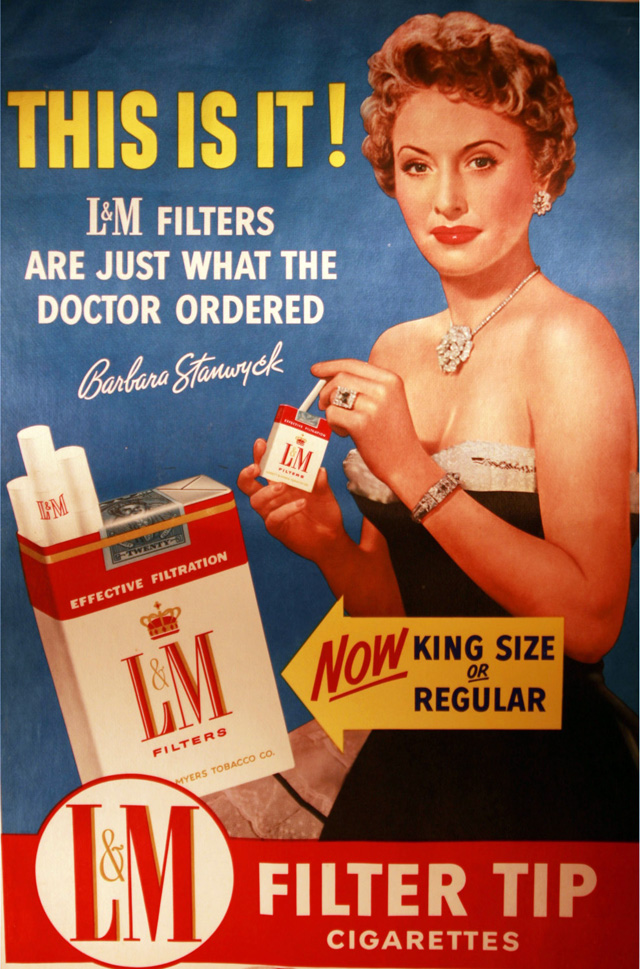The smoking pitch
In the subject Thinking Skills, we are working with credibility criteria, specifically with vested interest. A vested interest is when someone has something to gain from benefiting one side over the other. To achieve this, someone can present one-side arguments, or select some specific evidence. Therefore they may reduce the credibility of a source. To understand this topic, our teacher showed us part of one of the episodes of the series "Mad Men" (which you can watch below). In this scene we can identify two different moments in which vested interest is used. The first moment is when Peter comes out with an idea for the next propaganda of the cigarettes company. Through his idea, he is telling one side of the story, the one which benefits the company. He compares the risk of dying in a car accident with the risk of dying with cigarettes. In this way, he explains that life is dangerous, so if you are going to die anyway, there is no reason not to enjoy a cigarette. By showing this side of story, Peter is reducing importance to the fact that smoking leads you to death, which is what the company is trying to cover. Another vested interest in this scene is also connected with advertisement and propaganda. Don, after Peter, tries to convince everyone about his idea. As he explains, there are six companies trying to sell the same product, but what he wants to highlight is that all the other companies sell cigarettes which are poisoned, but Lucky Strike, the company in which he is working, sells tobacco which is toasted. Of course, that is part of the production of every company's cigarettes, but, again, Don is telling just one side of the story, that tobacco is toasted, removing our sight from what really matters. In both cases, Peter and Don, have a vested interest in selling the product effectively, so that the company receives more money and they can stay in their jobs.
At the end of the scene, just Don`s idea is accepted. While Peter`s idea accepts the fact that cigarettes are dangerous for our health, Peter's idea does not touch the topic of health because, as he says, there is no way of talking about health and tobacco and not connecting them to cancer. In conclusion, while one speaks about the risks, the other makes the audience focus on other things, so that we forget that tobacco is dangerous.
The first propaganda from 1948 is another example of vested interest. In this case the company L&M decided to conect health with cigarettes, assuring the audience that these cigarettes are recommended by the doctors, which are expertises in which we really trust. Again their objective is to sell their product and make it look healthy. The second propaganda, shows a man smoking a cigarette with the phrase "Where a man belongs". This phrase is trying to pursue man to buy cigarettes by telling them that by smoking they transform into strong and powerful man. Moreover, the picture shows a lake and an aeroplane, a typical man scene from 1987, which was when this advertisement was released.



Comentarios
Publicar un comentario